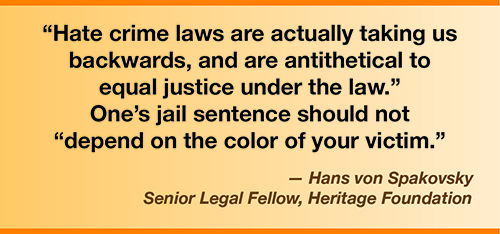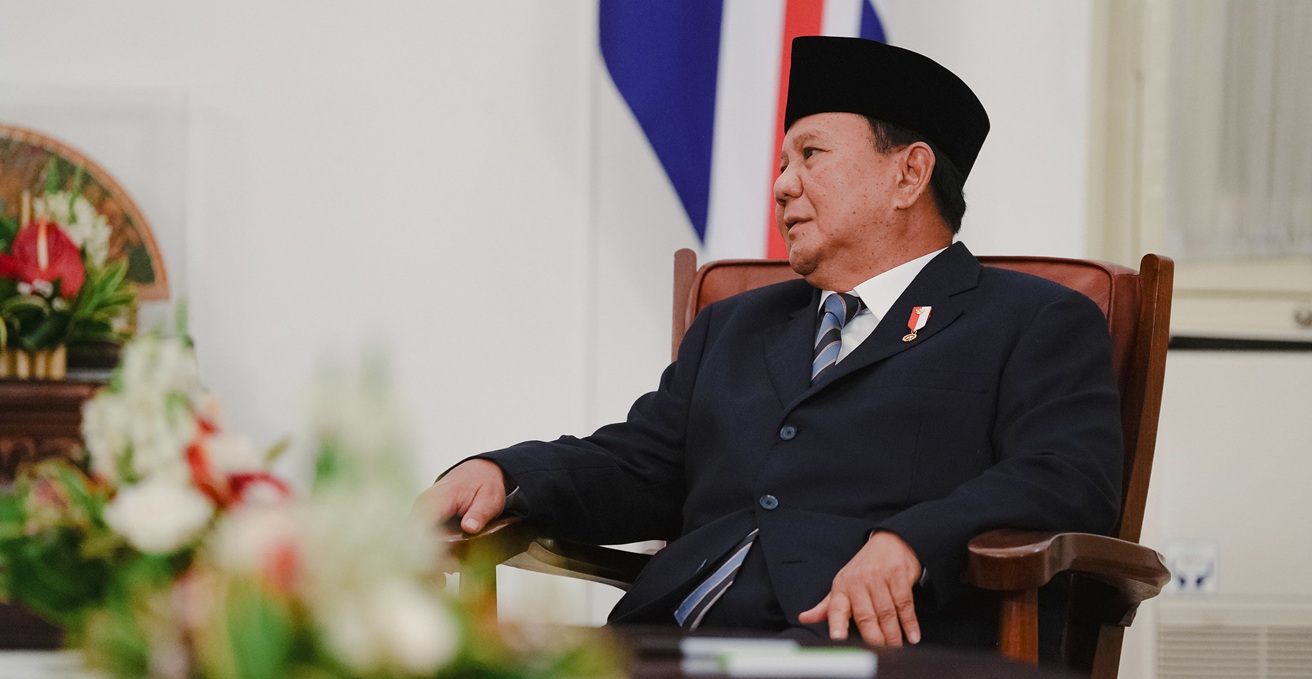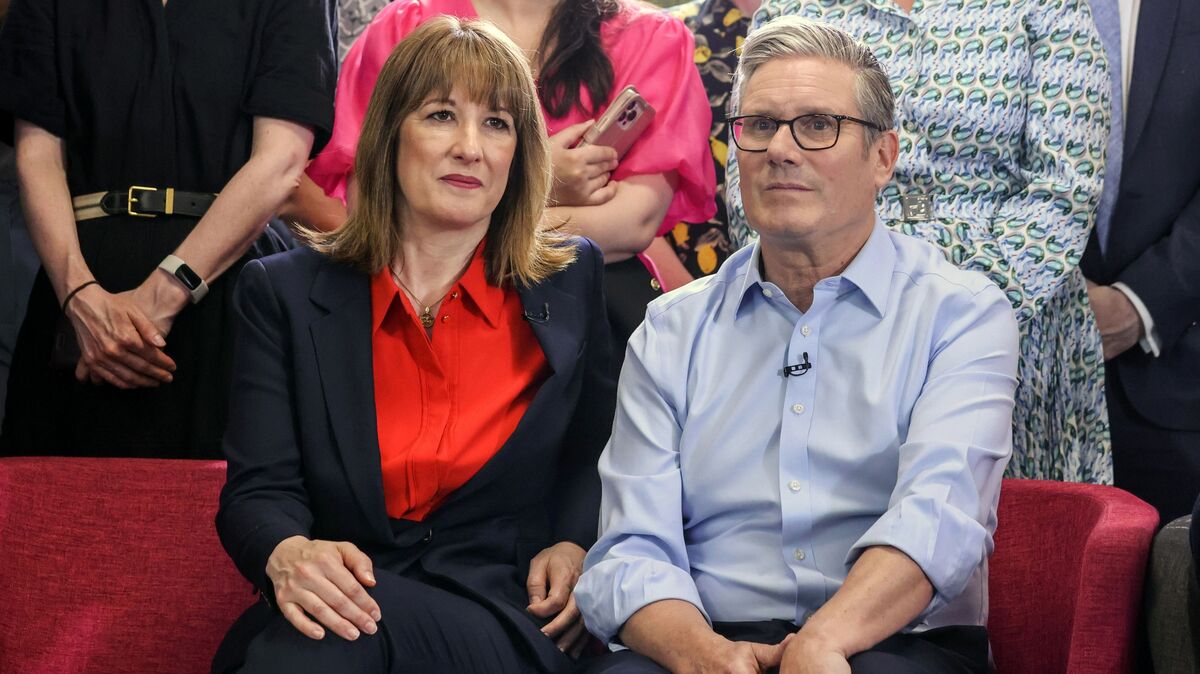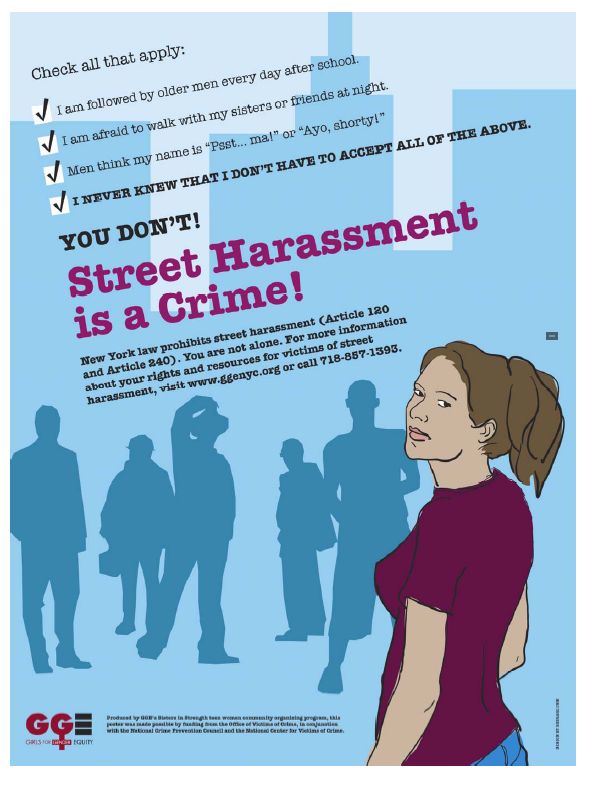National Inquiry into Grooming and Exploitation: A Step Towards Justice and Sustainable Development
Introduction
On 14 June 2025, UK Prime Minister Keir Starmer announced the launch of a full national inquiry into group-based child sexual exploitation. This initiative follows the recommendations from an extensive audit led by Baroness Louise Casey, focusing on data and evidence related to such offences. The inquiry aims to address long-standing failures in protecting vulnerable children and aligns with the United Nations Sustainable Development Goals (SDGs), particularly Goal 5 (Gender Equality), Goal 16 (Peace, Justice and Strong Institutions), and Goal 3 (Good Health and Well-being).
Historical Context and Challenges
-
Early Warnings and Community Response
- In 2002, mothers in Keighley, West Yorkshire, reported the abuse of their daughters by older men, highlighting group-based exploitation.
- Despite presenting evidence to police and social services, initial responses were inadequate, reflecting systemic neglect.
- Efforts to engage community leaders were met with resistance, underscoring cultural and social complexities.
-
Political and Social Backlash
- Local MP Ann Cryer faced accusations of racism despite advocating for victims, illustrating challenges in addressing sensitive issues within diverse communities.
- The rise of far-right groups exploited the issue, complicating public discourse and community relations.
-
Legal and Policy Developments
- Collaboration with government officials led to grooming becoming a specific sexual offence and allowed courts to accept third-party evidence.
- Convictions in Keighley marked progress but highlighted the need for broader systemic change.
Wider National Impact and Failures
The problem of group-based child sexual exploitation extended beyond Keighley, affecting towns such as Rotherham, Rochdale, Oxford, and Telford. Investigations revealed:
- At least 1,400 girls were sexually exploited in Rotherham between 1997 and 2013.
- Authorities, including police and local councils, exhibited failures marked by neglect, victim blaming, and suppression of evidence.
- Victims were often marginalized due to class and gender biases, contravening SDG 10 (Reduced Inequalities).
Audit Findings and Ethnicity Considerations
The 2025 audit led by Baroness Casey uncovered critical insights:
- A culture of victim blaming and institutional neglect persists.
- Ethnicity data related to offenders was inadequately recorded, with two-thirds of cases lacking this information.
- New police data indicates that while offenders come from diverse backgrounds, British Pakistanis are disproportionately represented among suspects in certain regions.
- Authorities often avoided discussing ethnicity to prevent accusations of racism, highlighting challenges in balancing social cohesion and justice.
Community Perspectives and Responsibilities
Voices from within affected communities emphasize the importance of confronting abuse while resisting collective blame:
- British Pakistani and Muslim communities acknowledge the need for internal reflection and proactive measures.
- Community-led initiatives, such as coordinated sermons by imams and interfaith organizations like Faiths Against Child Sexual Exploitation, demonstrate commitment to SDG 17 (Partnerships for the Goals).
- Addressing caste-based politics and social dynamics is essential for effective representation and advocacy.
Political Dynamics and the Role of the Inquiry
- The inquiry aims to transcend political point-scoring and focus on delivering justice for survivors.
- Previous governmental inquiries produced recommendations aligned with SDGs but lacked implementation, underscoring the need for accountability and strong institutions (SDG 16).
- Concerns about far-right exploitation of the issue highlight the importance of nuanced, evidence-based approaches to prevent misinformation and social division.
Support for Survivors and Future Directions
-
Survivor Support Services
- Organizations such as the NSPCC and the National Association for People Abused in Childhood (NAPAC) provide critical support, promoting well-being (SDG 3).
- Efforts to reduce stigma and encourage reporting within all communities are vital.
-
Preventive Measures and Justice
- The inquiry will seek to identify systemic failures and recommend policies to prevent future abuse.
- Emphasis on data transparency, community engagement, and education aligns with SDG 4 (Quality Education) and SDG 16.
Conclusion
The national inquiry into grooming and exploitation represents a crucial step towards achieving justice for survivors and fulfilling the commitments of the Sustainable Development Goals. By addressing systemic failures, promoting equality, and fostering strong institutions, the UK can work towards a safer and more inclusive society for all children.
1. Sustainable Development Goals (SDGs) Addressed or Connected to the Issues Highlighted in the Article
- SDG 5: Gender Equality
- The article discusses child sexual exploitation, predominantly affecting young girls, highlighting gender-based violence and discrimination.
- SDG 16: Peace, Justice and Strong Institutions
- The article focuses on justice for survivors of child sexual exploitation and the failures of police, social services, and local authorities to protect vulnerable children.
- It emphasizes the need for effective institutions to prevent abuse and ensure accountability.
- SDG 10: Reduced Inequalities
- The article highlights issues of social neglect, class prejudice, and ethnic sensitivities related to the abuse cases.
- It addresses the disproportionate impact on marginalized communities and the need to confront discrimination and stigma.
- SDG 3: Good Health and Well-being
- The trauma and mental health impact on survivors of child sexual exploitation are implied concerns.
2. Specific Targets Under Those SDGs Identified Based on the Article’s Content
- SDG 5: Gender Equality
- Target 5.2: Eliminate all forms of violence against all women and girls in public and private spheres, including trafficking and sexual and other types of exploitation.
- SDG 16: Peace, Justice and Strong Institutions
- Target 16.3: Promote the rule of law at the national and international levels and ensure equal access to justice for all.
- Target 16.6: Develop effective, accountable, and transparent institutions at all levels.
- Target 16.7: Ensure responsive, inclusive, participatory, and representative decision-making at all levels.
- SDG 10: Reduced Inequalities
- Target 10.3: Ensure equal opportunity and reduce inequalities of outcome, including by eliminating discriminatory laws, policies, and practices.
- SDG 3: Good Health and Well-being
- Target 3.4: Promote mental health and well-being.
3. Indicators Mentioned or Implied in the Article to Measure Progress Towards the Identified Targets
- Indicators related to SDG 5 (Gender Equality)
- Proportion of women and girls subjected to sexual violence (implied through data on child sexual exploitation cases).
- Number of convictions related to grooming and sexual exploitation offences.
- Indicators related to SDG 16 (Peace, Justice and Strong Institutions)
- Number of investigations and inquiries launched into child sexual exploitation (e.g., national inquiry announced).
- Data availability and recording on ethnicity, sex, and age of victims and perpetrators (highlighted as lacking and necessary).
- Implementation of recommendations from inquiries and audits (e.g., criminalizing failure to report abuse, establishment of child protection agencies).
- Victim access to justice and support services (implied through references to support organizations).
- Indicators related to SDG 10 (Reduced Inequalities)
- Representation of ethnic groups among suspects and victims compared to population demographics (e.g., overrepresentation of British Pakistanis among suspects).
- Incidence of discriminatory practices or neglect by authorities.
- Indicators related to SDG 3 (Good Health and Well-being)
- Availability and utilization of mental health and trauma support services for survivors.
4. Table of SDGs, Targets, and Indicators
| SDGs | Targets | Indicators |
|---|---|---|
| SDG 5: Gender Equality | 5.2: Eliminate all forms of violence against women and girls, including sexual exploitation |
|
| SDG 16: Peace, Justice and Strong Institutions |
|
|
| SDG 10: Reduced Inequalities | 10.3: Ensure equal opportunity and reduce inequalities, eliminate discriminatory practices |
|
| SDG 3: Good Health and Well-being | 3.4: Promote mental health and well-being |
|
Source: hyphenonline.com







